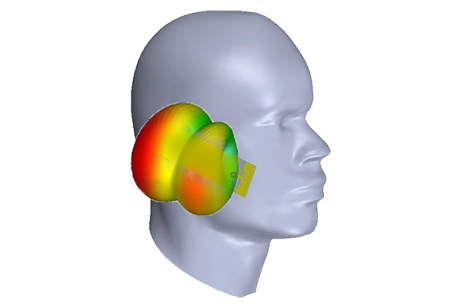Innovating Biomedical Applications with Electromagnetic Exposure Analysis
Enhancing Healthcare with EMWorks' Biomedical Engineering Tools
Biomedical applications and EM exposure studies are critical for designing safe, efficient medical devices and understanding electromagnetic effects on human health. EMWORKS provides advanced simulation tools to optimize device performance, ensure safety compliance, and innovate in areas like diagnostics, therapy, and wearables. From EM exposure analysis to advanced medical devices, EMWORKS supports the next generation of healthcare solutions.
-

EM Exposure
Explore EMWorks' electromagnetic design software tailored for EM exposure analysis in biomedical applications. Revolutionize product development and innovation.

